Water Treatment Chemical
- • Biocide & Algicide (38)
- • Corrosion Inhibitor (50)
- • Flocculant (54)
- • Water Softener (29)
- • Water Stabilizer (43)
Related News
-
Is MgSO4 Soluble in Water? Everything You Need to Know!
2023-07-17 -
Distilled vs Deionized Water: What’s the Difference?
2023-05-16 -
Curious Chemical Makeup Of Carbonated Water Chemical Structure
2022-11-25 -
Do you know why does salt increase the boiling point of water?
2022-07-07 -
Exploration of burdink two-component water-based paint
2019-11-18 -
LANXESS showcases innovative water treatment technologies
2019-10-31
Flocculant
Aluminum sulfate
(10043-01-3)-
Water Treatment Level / 17%
-
Water Treatment Level / -
-
Industrial Grade / 15%
-
Industrial Grade / 15.6%
Activated charcoal
(64365-11-3)2. Used for PSA separation of air and preparation of nitrogen.
3. Mainly used in the Chinese or western original drug in pharmaceutical industry.
4. It is suitable for the decoloring and deodorization of brewing industry, production of
-
Water Purifier / -
-
Chemical Grade / 99%
$10/KG FOB
-
Top Product / 99%
-
Activated charcoal
(64365-11-3)2. Used for PSA separation of air and preparation of nitrogen.
3. Mainly used in the Chinese or western original drug in pharmaceutical industry.
4. It is suitable for the decoloring and deodorization of brewing industry, production of
-
Water Purifier / -
-
Chemical Grade / 99%
$10/KG FOB
-
Top Product / 99%
-
Aluminum potassium sulfate dodecahydrate
(7784-24-9)-
Chemical Grade / 99%
-
- / 99.00%
-
-
Industrial Grade / 100%
Request for quotation , get quotes from more suppliers.
Aluminum trichloride hexahydrate
(7784-13-6)-
Industrial Grade / 99%
-
Chemical Grade / 98%
-
- / 0.00%
-
- / 99.00%
Source Flocculant Products Supply
-
-
- / 99.00%
-
Pharmaceutical Grade / 99%
-
pharmaceutical grade / 99.9%
Request for quotation , get quotes from more suppliers.
-
- / 99.00%
-
- / 99%
-
-
Chemical Grade / 99%
Request for quotation , get quotes from more suppliers.
Acryloyloxyethyldimethylbenzylammonium chloride
(46830-22-2)-
-
Industrial Grade / 99%
-
![benzyldimethyl[2-[(1-oxoallyl)oxy]ethyl]ammonium chloride buy benzyldimethyl[2-[(1-oxoallyl)oxy]ethyl]ammonium chloride]()
-
![benzyldimethyl[2-[(1-oxoallyl)oxy]ethyl]ammonium chloride buy benzyldimethyl[2-[(1-oxoallyl)oxy]ethyl]ammonium chloride]()
Industrial Grade / 99%
Request for quotation , get quotes from more suppliers.
Acryloyloxyethyldimethylbenzylammonium chloride
(46830-22-2)-
-
Industrial Grade / 99%
-
![benzyldimethyl[2-[(1-oxoallyl)oxy]ethyl]ammonium chloride buy benzyldimethyl[2-[(1-oxoallyl)oxy]ethyl]ammonium chloride]()
-
![benzyldimethyl[2-[(1-oxoallyl)oxy]ethyl]ammonium chloride buy benzyldimethyl[2-[(1-oxoallyl)oxy]ethyl]ammonium chloride]()
Industrial Grade / 99%
Request for quotation , get quotes from more suppliers.
Acrylamide-sodium acrylate copolymer
(25085-02-3)-
industrial Grade / 98%
-
Industrial Grade / 99%
-
Industrial Grade / 15%
-
![2-?Propenoic acid, sodium salt (1:1)?, polymer with 2-?propenamide buy 2-?Propenoic acid, sodium salt (1:1)?, polymer with 2-?propenamide]()
Industrial Grade / 99%
Request for quotation , get quotes from more suppliers.
Source Flocculant Raw Materials by Region
More Information
The application of flocculants in water treatment is widespread nowadays. Flocculants are common agents used in sewage treatment processes, with a wide range of applications, and low treatment costs, and can be applied in the purification of drinking water, industrial wastewater, as well as the dewatering of groundwater and wastewater sludge.
The flocculation principle of flocculants can be divided into chemical flocculation and physical flocculation. The former assumes that particles aggregate together with a clear chemical structure, and the unstable state of colloidal particles is caused by chemical reactions between them. The latter is due to the presence of the double electric layer. Additionally, due to certain physical factors, coagulation occurs when a solution of ions with different electrical properties is added to colloidal particles.
Main components of flocculants:
•Aluminum sulfate
•Ferric chloride
•Aluminum chloride
•Ferrous sulfate









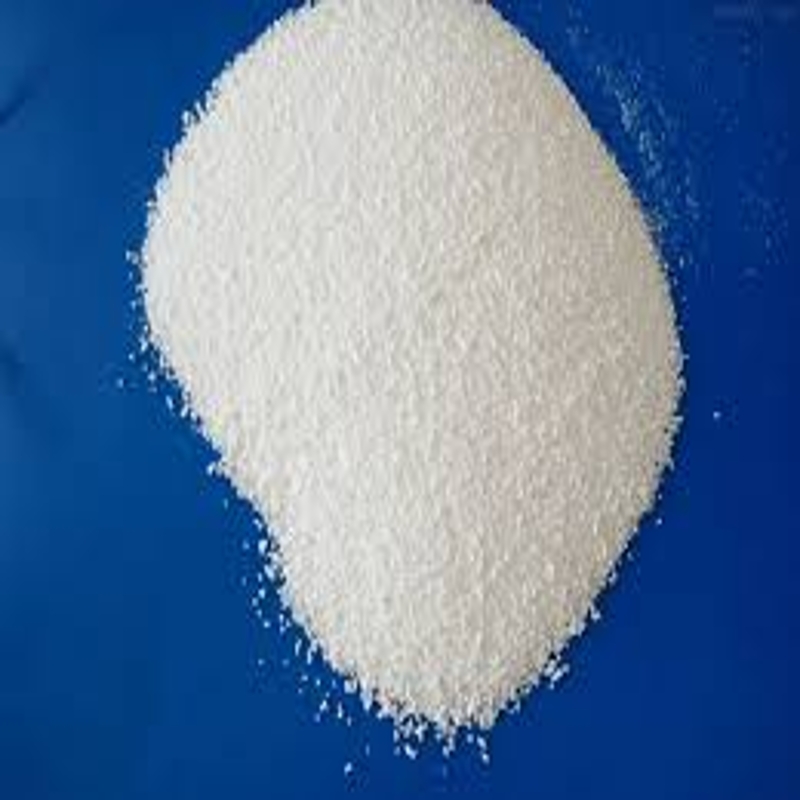

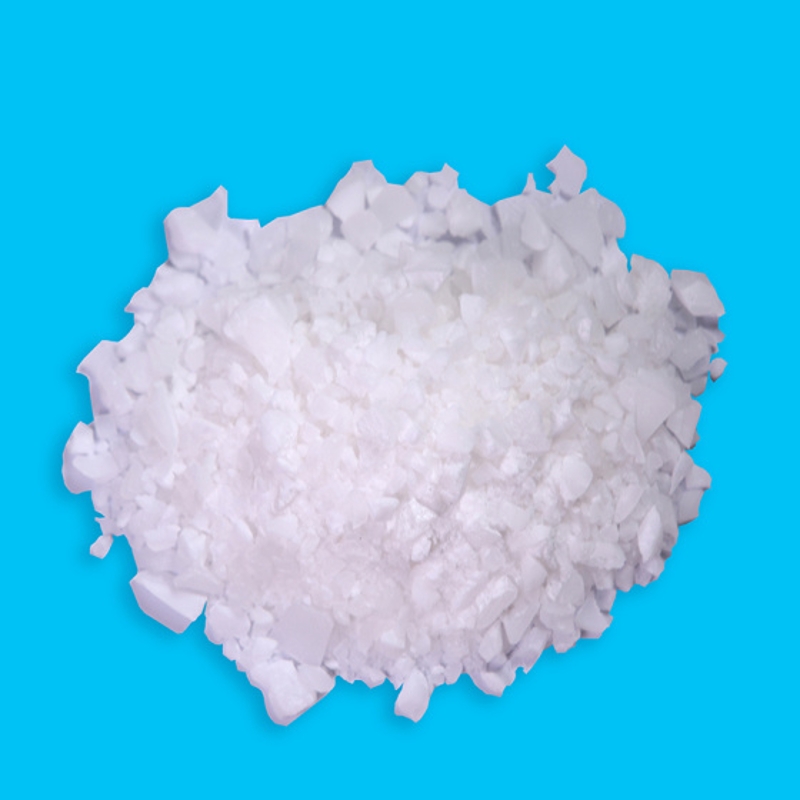

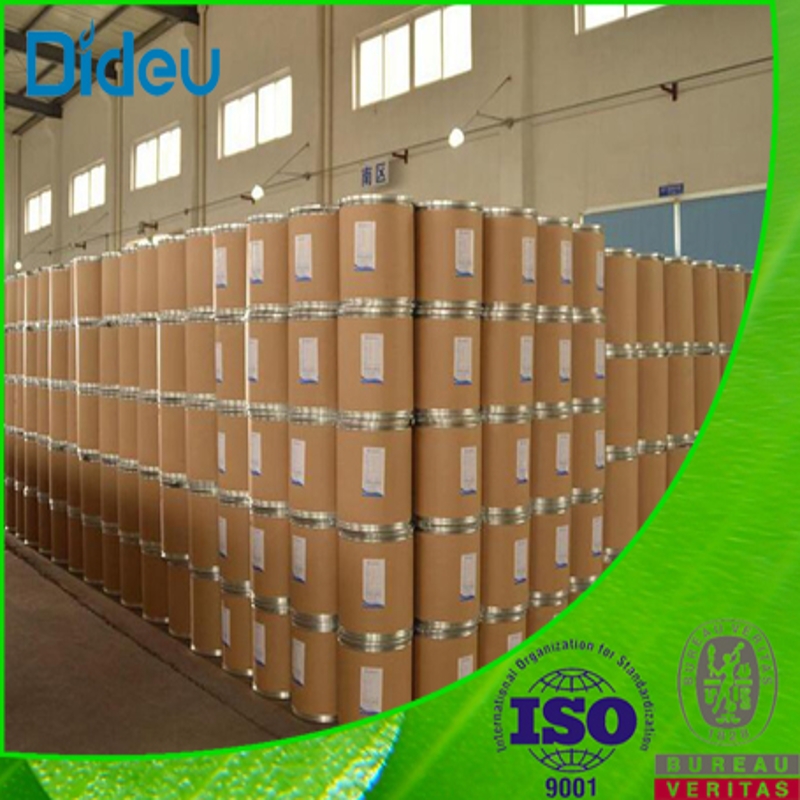







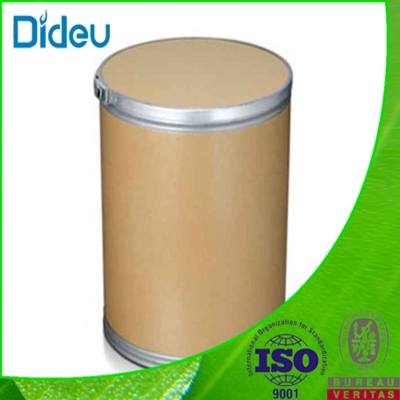




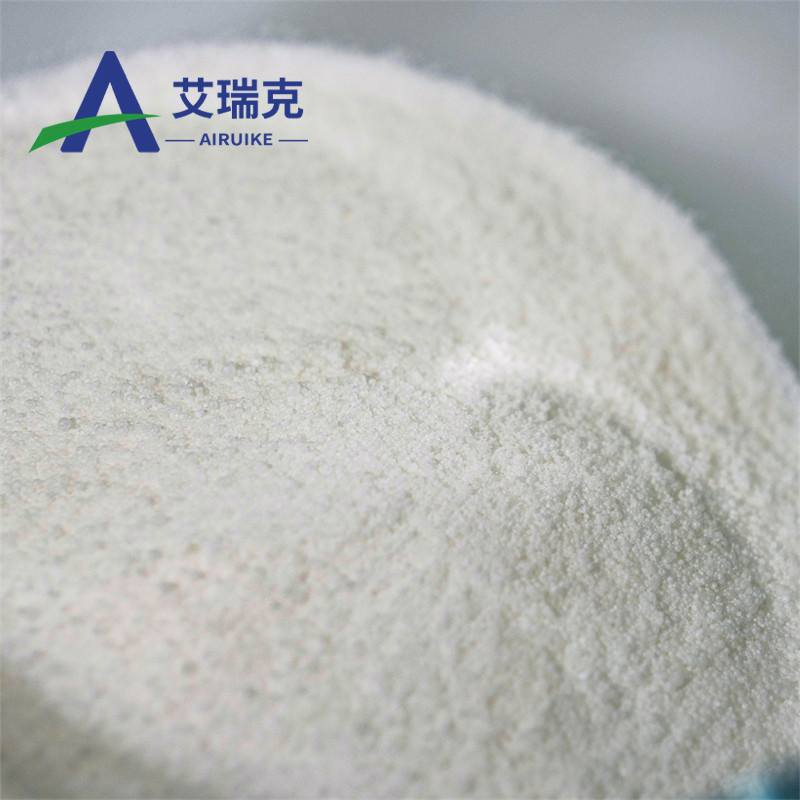
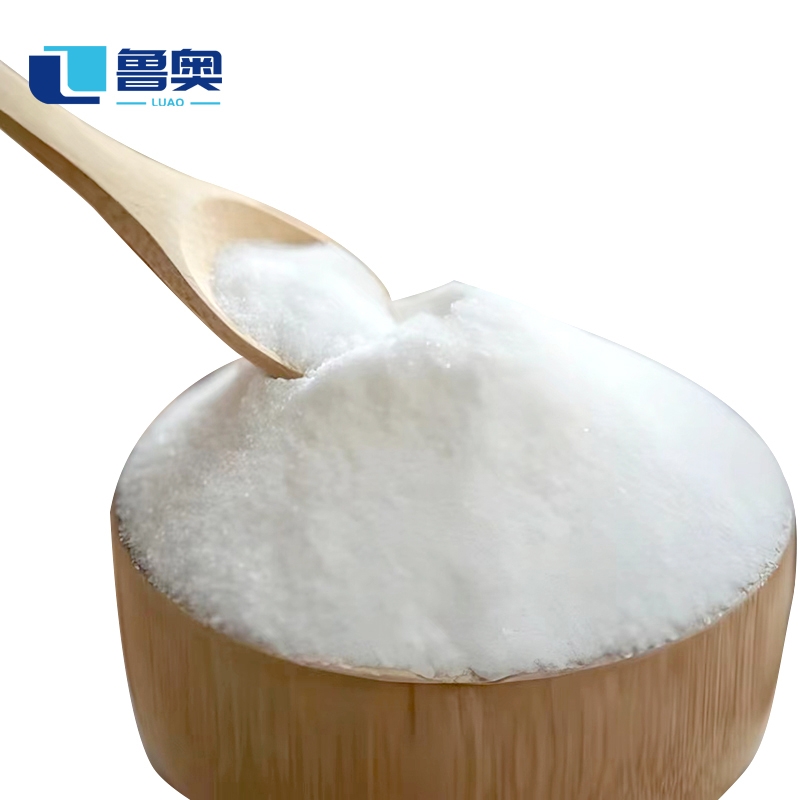


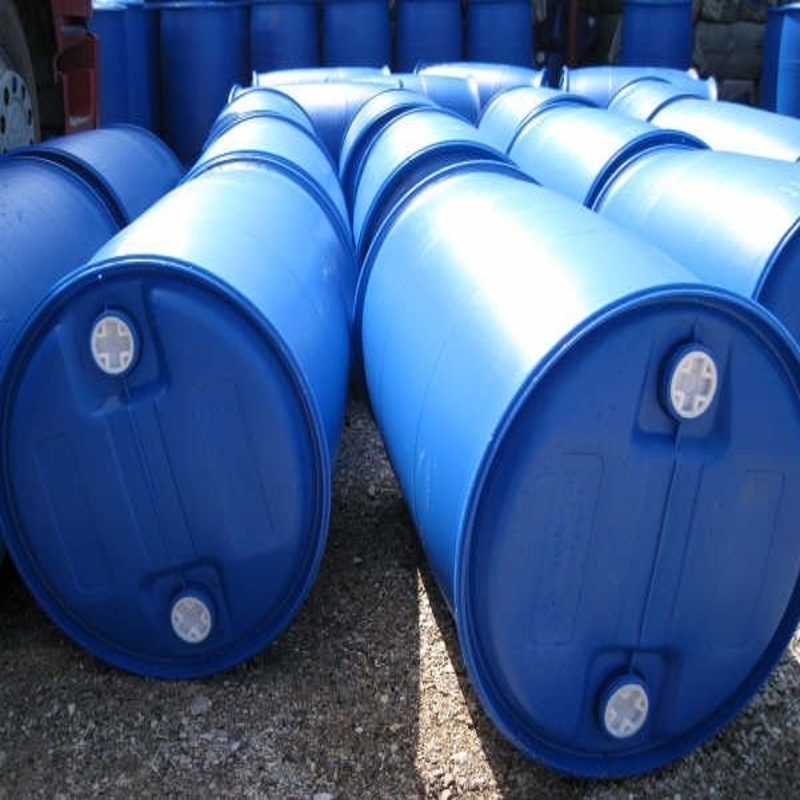



![benzyldimethyl[2-[(1-oxoallyl)oxy]ethyl]ammonium chloride buy benzyldimethyl[2-[(1-oxoallyl)oxy]ethyl]ammonium chloride](https://file.echemi.com/fileManage/upload/cas/821/53655275-dd49-11eb-89d6-0255ac100033.png)
![benzyldimethyl[2-[(1-oxoallyl)oxy]ethyl]ammonium chloride buy benzyldimethyl[2-[(1-oxoallyl)oxy]ethyl]ammonium chloride](https://file.echemi.com/fileManage/upload/canonicalSmiles/20220812/9de8f3ae70074f9b90d4637d6e45d718.png)




